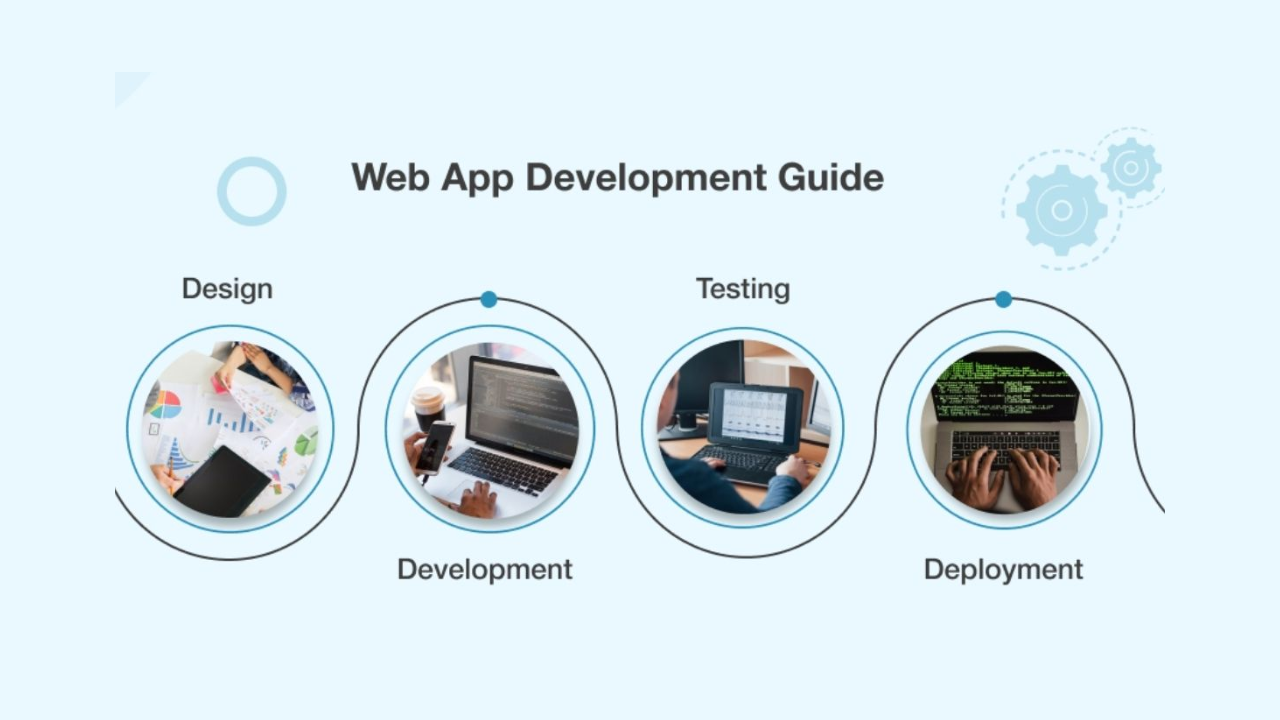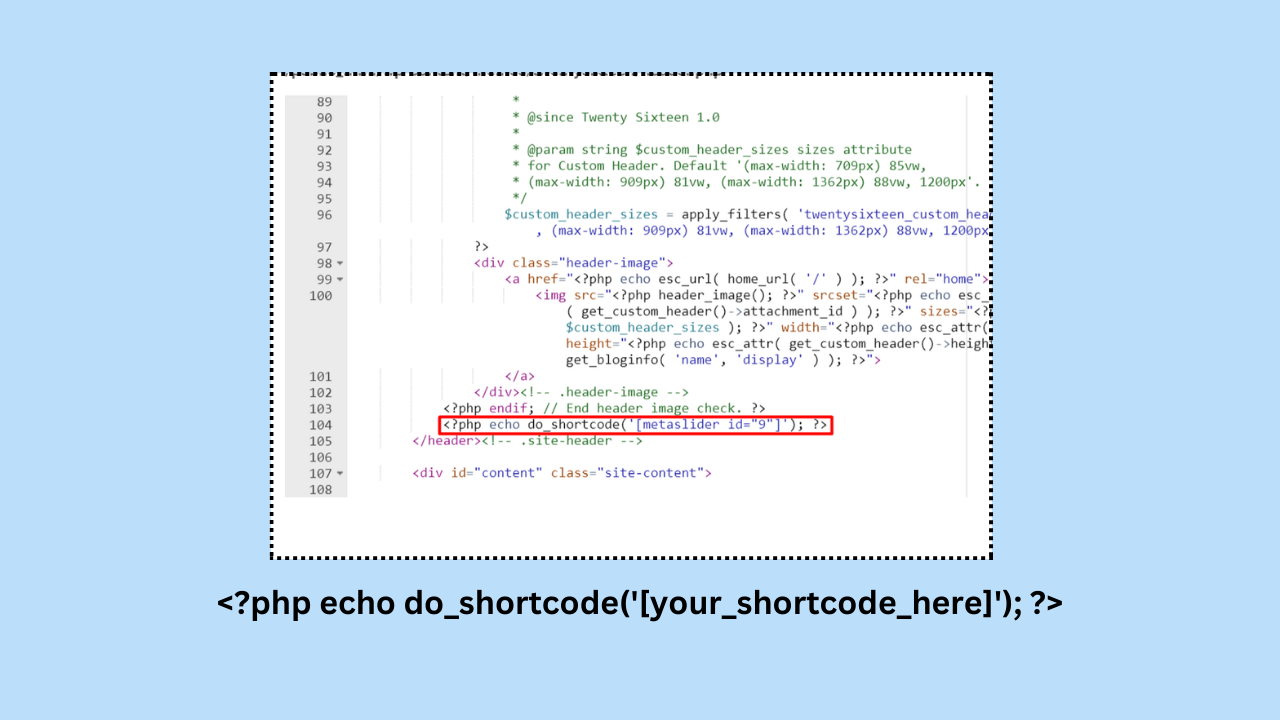Building a high-performing online store involves a combination of strategic planning, a user-friendly website, compelling products, and effective marketing. Here’s a step-by-step guide to help you create a successful e-commerce business:
1. Market Research and Niche Selection:
- Identify a profitable niche for your online store. Research your target audience’s needs, preferences, and pain points. Understand your competitors and what sets you apart.
2. Business Plan:
- Create a detailed business plan outlining your goals, target market, product selection, pricing strategy, and financial projections.
3. Choose a Platform:
- Select a reliable e-commerce platform that suits your needs. Popular options include Shopify, WooCommerce (WordPress), BigCommerce, and Magento. Ensure the platform is user-friendly and allows for customization.
4. Domain Name and Hosting:
- Choose a memorable and relevant domain name for your online store. Select a reputable hosting provider to ensure your website loads quickly and operates smoothly.
5. Website Design and User Experience:
- Invest in a professional and responsive website design. Ensure that your site is easy to navigate, loads quickly, and provides a smooth shopping experience on both desktop and mobile devices.
6. Product Listings:
- Create high-quality product listings with detailed descriptions, high-resolution images, and competitive pricing. Use professional product photography to showcase your products effectively.
7. Secure Payment Gateways:
- Set up secure and trusted payment gateways to handle customer transactions. Common options include PayPal, Stripe, and credit card processors.
8. Inventory Management:
- Implement an efficient inventory management system to track stock levels, manage restocking, and prevent overselling.
9. Shipping and Fulfillment:
- Choose shipping methods and carriers that align with your products and customer expectations. Offer options for fast and affordable shipping. Provide accurate delivery time estimates.
10. Customer Support: – Offer responsive customer support through multiple channels, such as email, chat, or phone. Address customer inquiries and issues promptly.
11. Search Engine Optimization (SEO): – Optimize your website for search engines by using relevant keywords in product descriptions, meta tags, and URLs. Regularly publish quality content and obtain backlinks to improve your search rankings.
12. Content Marketing: – Develop a content marketing strategy to engage and inform your audience. Create blog posts, videos, and other content related to your products or niche.
13. Email Marketing: – Build an email list and create email marketing campaigns to keep customers informed about promotions, new products, and company news.
14. Social Media Marketing: – Establish a strong presence on social media platforms relevant to your audience. Share engaging content, run targeted ads, and interact with your followers.
15. Analytics and Performance Tracking: – Use web analytics tools like Google Analytics to monitor your website’s performance. Analyze customer behavior and make data-driven improvements.
16. Reviews and Testimonials: – Encourage satisfied customers to leave reviews and testimonials on your products and services. Positive feedback builds trust with potential buyers.
17. A/B Testing: – Continuously test and optimize various elements of your website, including product listings, CTAs, and checkout processes.
18. Security: – Invest in SSL certificates and regularly update your website’s security features to protect customer data.
19. Scaling and Growth: – As your online store grows, consider expanding your product range, entering new markets, or offering complementary services.
20. Customer Retention: – Implement strategies to retain existing customers, such as loyalty programs, exclusive discounts, and personalized recommendations.
Building a high-performing online store requires continuous effort and adaptation to meet changing market dynamics and customer preferences. Stay attuned to industry trends and be prepared to evolve your strategies to maintain your store’s success.










